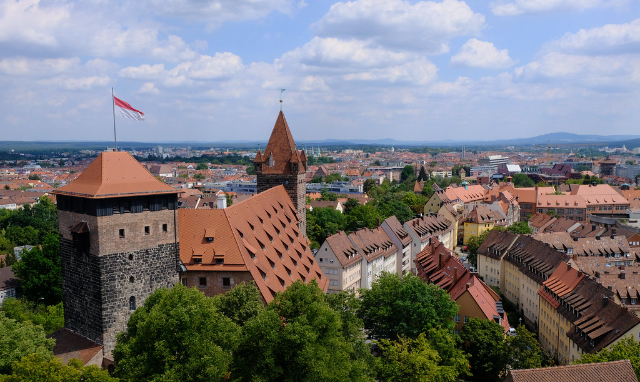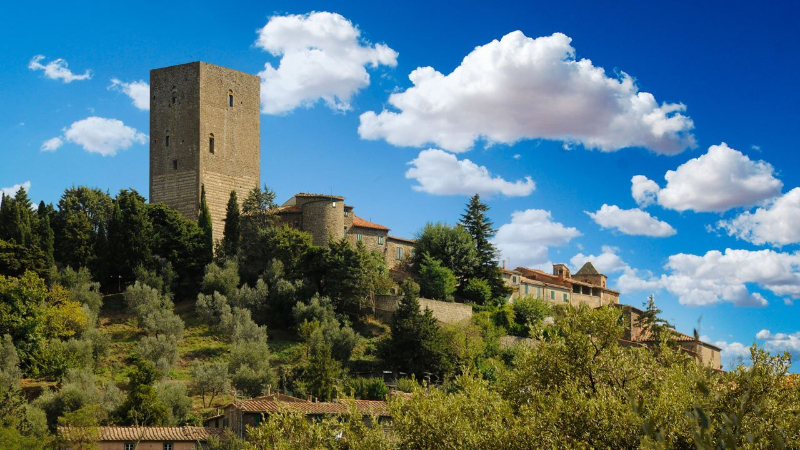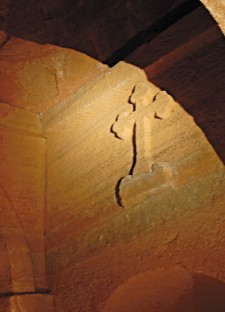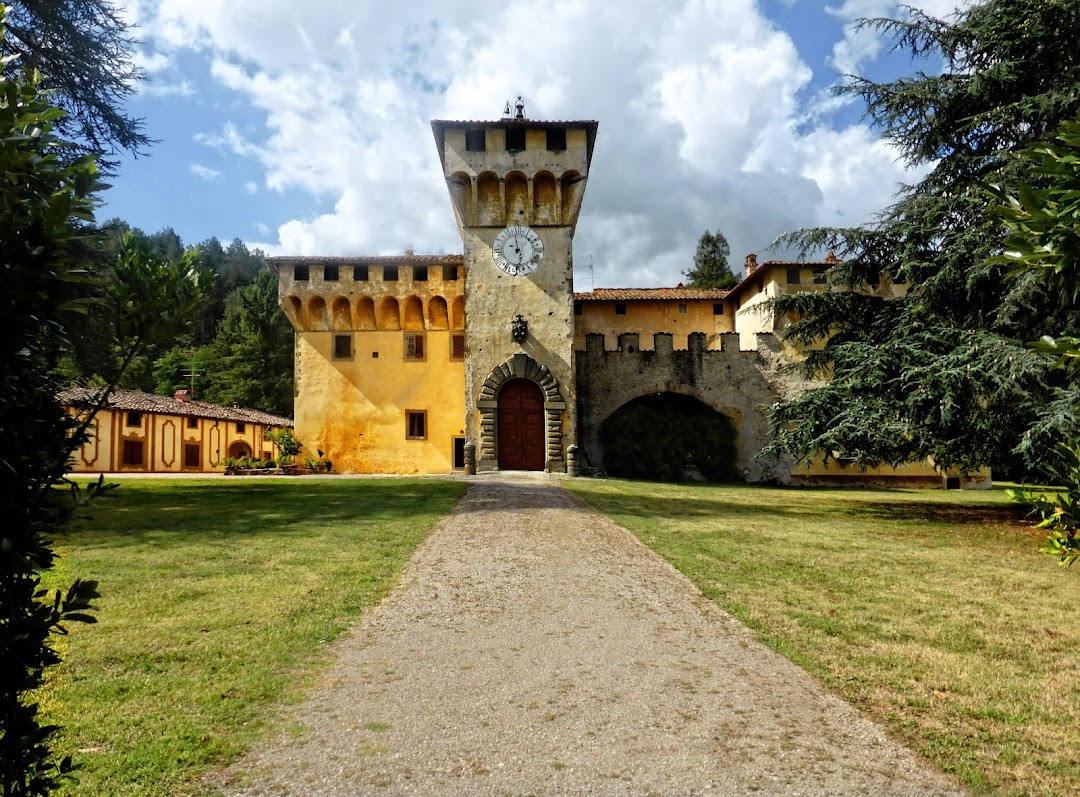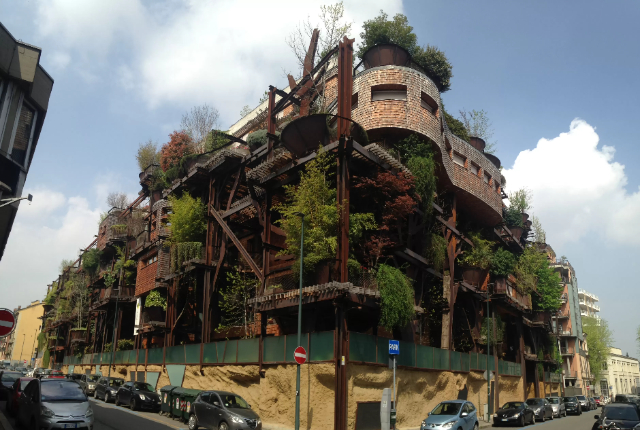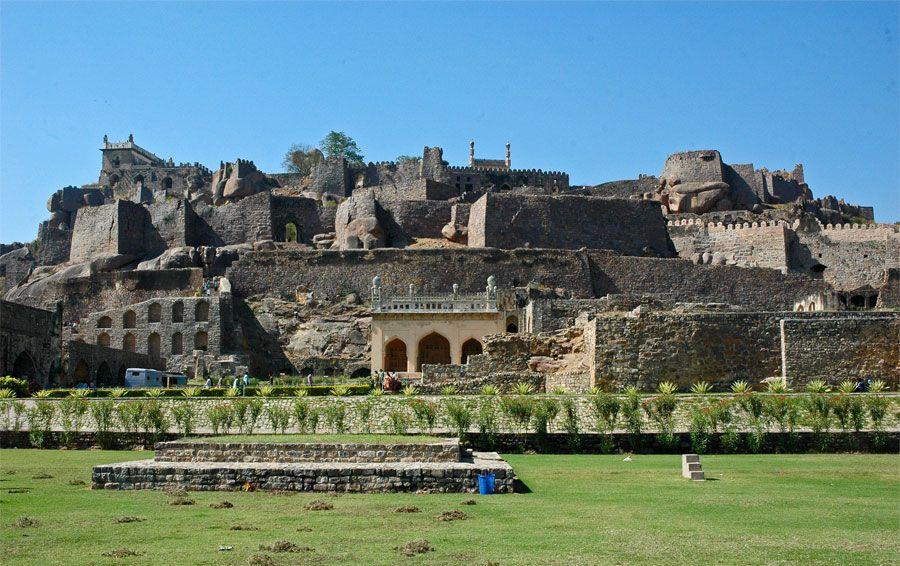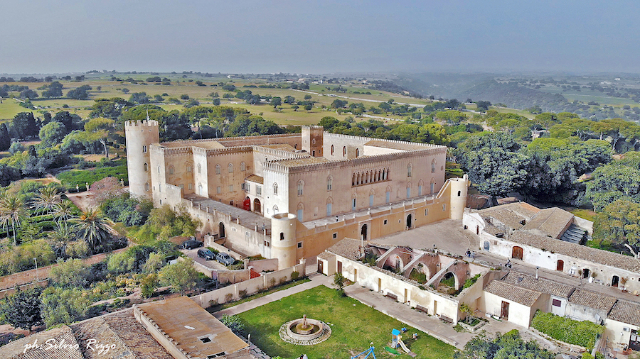The Imperial Castle is the symbol of Nuremberg. Since the Middle Ages its silhouette has represented the power and importance of the Holy Roman Empire of the German Nation and the outstanding role of the imperial city of Nuremberg.
Nuremberg, which was first mentioned in a document as a royal property in 1050, played an important part in the imperial and domestic policy of the Salian and Hohenstaufen kings and emperors.
It is a complex of three castle buildings, which include the Imperial Castle (Kaiserburg), Burgrabie Castle (Burggrafenburg) and the City Castle (Stadtburg). The complex is an extension of the defensive walls that once surrounded the city.
The castle is called the “pride of the German empire.” It offers a wide view of the city panorama.
Residential and public rooms in the castle are decorated with paintings, tapestries and furniture from the 16th and 17th centuries. From 1050 to 1571 all emperors of the Holy Roman Empire of the German Nation stayed here. The oldest part of the castle is the Pentagonal Tower erected in the 11th century. Over the centuries, the castle has been rebuilt several times.
Interestingly, in the years of World War II, the altar of Veit Stoss, stolen from Krakow, was kept under the castle.
